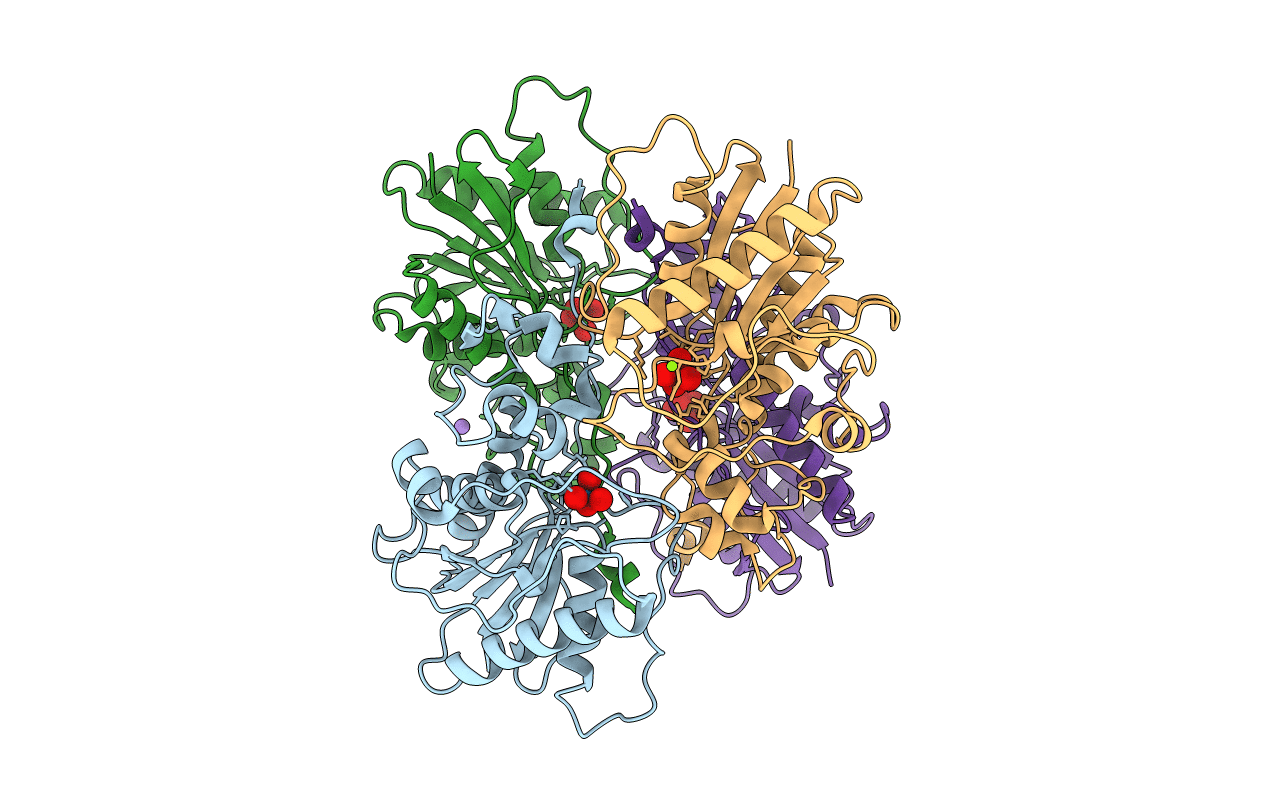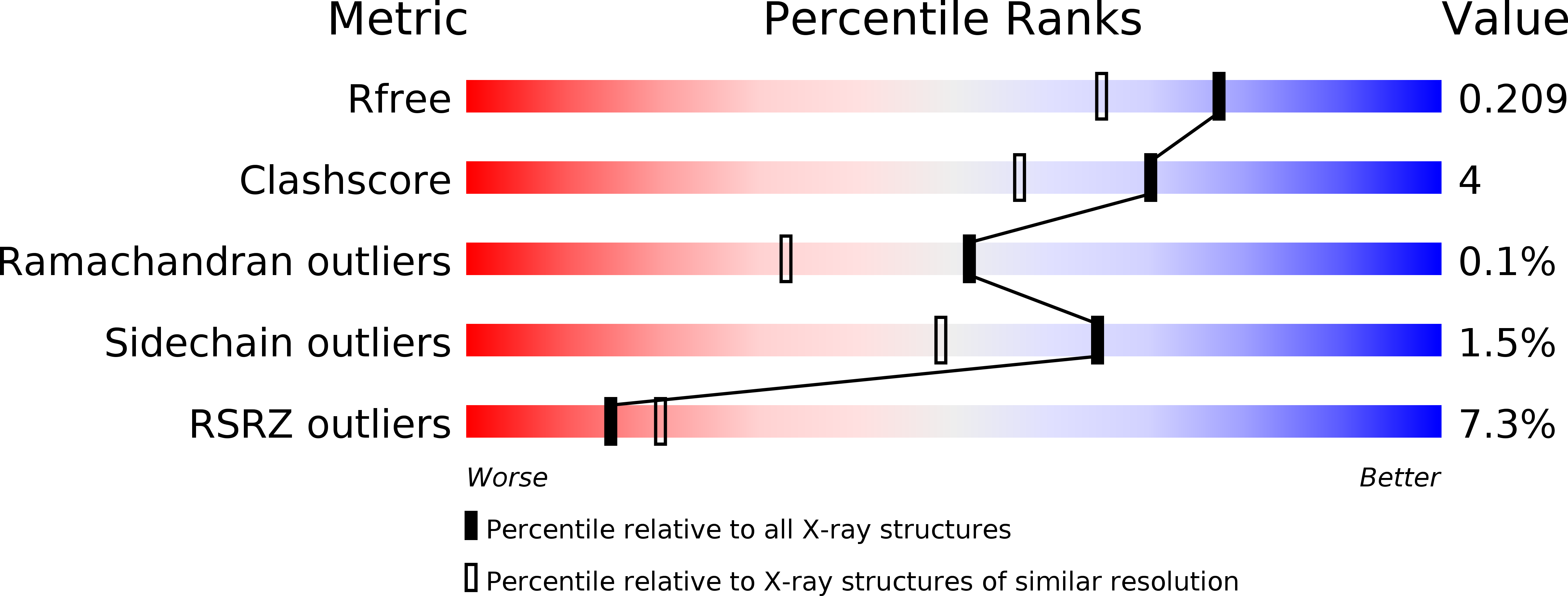
Deposition Date
2008-02-08
Release Date
2009-03-24
Last Version Date
2024-02-21
Entry Detail
PDB ID:
3C7T
Keywords:
Title:
Crystal structure of the ecdysone phosphate phosphatase, EPPase, from Bombix mori in complex with tungstate
Biological Source:
Source Organism:
Bombyx mori (Taxon ID: 7091)
Host Organism:
Method Details:
Experimental Method:
Resolution:
1.76 Å
R-Value Free:
0.21
R-Value Work:
0.18
R-Value Observed:
0.18
Space Group:
P 21 21 21


